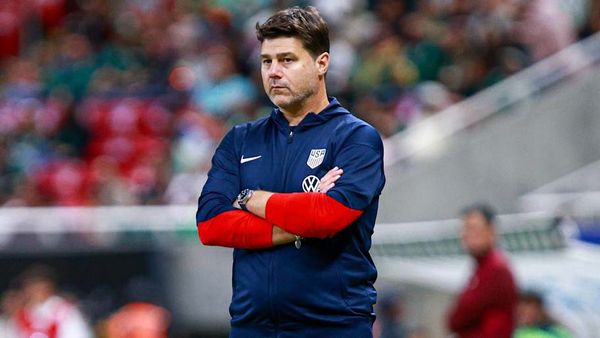
- Owning the more powerful dual-motor version of an EV will drive your annual insurance premium up.
- If your EV has over 300 lb-ft of torque, then your insurer may consider it a higher risk to insure and charge you more.
- Car insurance premiums have skyrocketed in recent years but tend to already be higher for electric vehicles.
Electric vehicles are often more expensive to insure than comparable combustion cars. The repair costs are greater, batteries aren't yet cheap to replace if something happens to them, and the technology is so new that insurers have less data on how to assess them.
But new data suggests that how much power and torque an EV has also determines its insurance premium. However, it’s not clear whether this is because higher-performance EVs are driven more quickly or if they are more difficult for drivers to handle.
Green Car Reports talked to Xiaohui Lu, the vice president of American data analytics company LexisNexis. Lu said that according to an internal analysis, electric vehicles that have more than 300 pound-feet of torque are more expensive to insure. Weight is another factor that, in combination with higher power and torque figures, pushes insurance costs up.

The data doesn’t point to a direct correlation between higher torque and higher risk, but “torque contributes to the higher insurance loss cost of electric vehicles,” according to Lu, who went on to say that “higher torque vehicles often have higher prices, more expensive repair costs, and sometimes even higher daily mileages, all of which are also linked to increased insurance loss costs.”
Insuring a Tesla in the U.S. is over 50% more expensive than the national average, although the difference varies depending on the model. The cheapest Tesla to insure is the Model 3, for an average yearly cost of $2,503. This is considerably more than the national average of $1,682, as per Business Insider.
According to Money Geek, the Tesla Model S is the most expensive vehicle to insure in the U.S., with an average annual premium of $3,365, or about twice the national average. The existence of the Model S Plaid variant, which is one of the most powerful vehicles in the world, may explain the high premium. (Vehicles from Tesla and other startups tend to have higher repair costs than other EVs as well, according to at least one study.)
It’s followed by the Porsche Taycan, whose premium is $3,093 per year, which is directly correlated with it being considered an expensive, high-powered performance car.
Tesla offers in-house insurance, which relies on the Safety Score. It constantly monitors what the driver is doing to adjust the premium. Users say it’s a generally good system, but it depends on where they live, and opinions seem to vary substantially. For someone who lives in a dense urban environment with tight roads, aggressive drivers and frequent trips on the highway where they need to go slightly above the speed limit to keep up with traffic, traditional insurance may be cheaper.
In December 2023, Tesla's insurance arm faced legal action over potentially inflated premiums resulting from the unexpected activation of crash warning and prevention systems, which lowered the Safety Score. The lawsuit is still ongoing and is set to be reviewed in October 2025 after more data has been collected.
Repairing electric cars (Teslas included) is 29% more expensive compared to ICE vehicles, according to crash data from the first quarter of 2024. The biggest reason for this is not that EVs are more expensive to buy (even though most are before you factor in tax credits, rebates and incentives), but because they require more labor hours to repair. According to insurance specialist Mitchell, the big, expensive and potentially dangerous high-voltage battery is to blame for this difference.
But even with higher insurance and repair costs, EVs have lower maintenance costs, and charging them is less expensive than putting fuel in a combustion car. Those features can help to offset the higher premium costs some drivers may deal with when going electric.
Still, the insurance cost angle is something automakers and insurers will have to deal with as the electric transition continues. If so many vehicles are now destined to be bigger, heavier electric SUVs with 400 lb-ft of torque or more and potentially higher repair costs, something has to give before insurance payments get even worse than car payments.







